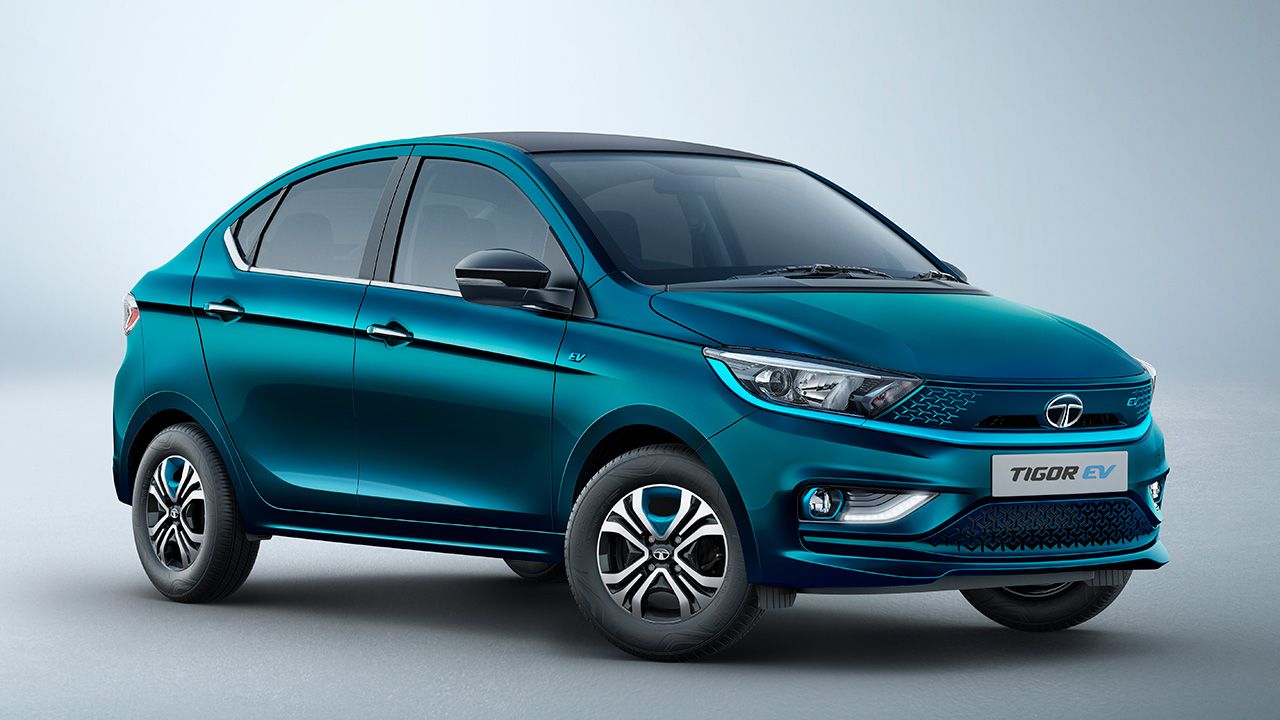
Last month’s column on the sub-4 metre rule triggered much debate. This time, Srini suggests how this ruling can be made future-proof.
My previous column on the relevance of the sub-4 metre rule for passenger cars triggered strong responses – well, that was the intention anyway (if you missed last month’s column, you can find it on our website autox.com). Most of you who connected with me (you know who you are, thank you) believe that the sub-4 metre rule is a good thing, and a country like India needs cars that are more suited to its driving conditions and purchasing power. More importantly, making quality small cars relatively affordable allows access to an enormous number of first-time buyers and upgraders from two-wheelers – especially given the ridiculous levels of taxes non-sub-4 metre passenger cars are subjected to.
However, should we retain the sub-4 metre rule as it is? Should the entire automotive ecosystem of the Union and State Governments, ministries and bureaucrats, OEMs and ancillary manufacturers, distribution network players and, of course, customers accept that this is the rule of the land and move on? Well, maybe not.
We have entered a new world of mobility, so why don’t we transform a ruling that was put in place way back in 2006 to make it relevant to this new era? Shouldn’t we make these small cars that are such a hit in India desirable in other emerging or similar markets? Can we go beyond the dimensions of the car and the cubic capacity of the engine to reflect a new reality of safer, connected cars that will run on battery power? Can we keep the essence of the sub-4 metre rule intact – that is to incentivise making quality small cars affordable – but adapt it to make it more future-proof? Some suggestions:
Make it about tailpipe emissions, not engine size. The idea is that the polluter pays. The cleaner your car is, the lesser taxation it attracts. The tax level should be technology agnostic; it can be a lean-burn petrol engine, a hybrid or even an electric car, the principle is that the closer it is to zero tailpipe emissions, the lower the taxation is. In this case, it’s up to manufacturers to arrive at the best possible powertrain combination for the respective market segment and let the customer benefit from lower taxes on a cleaner car.
Make it globally desirable. If it’s good for India, can it be good for other emerging markets similar to ours? Consumers in such markets could seek value, prestige and a low total cost of ownership like we do in our cars, especially the sub-4 metre variety. So why can’t India step up to the plate to be a global hub for high-quality small cars? This requires ambition and firmness of purpose from both the industry and the Government. Our sub-4 metre cars have the potential to go global. It’s time to use policy, incentives and the muscle power of key Union Ministries to make it happen. But this is something that needs solid government intervention because it is the respective Commercial Attaches in countries that can nudge potential markets to accept Indian-made small cars. For that, the industry and the Government have to work shoulder-to-shoulder to make it happen, and the automotive industry has to be respected as one that can genuinely power India forward.
Make it about small, smart EVs. Taking both thoughts ahead, can India become a global hub for clever, connected, compact electric cars? Can we take the PLI schemes for OEMs, components, and advanced chemistry cells (and reportedly for high-tech battery innovations too) to the next stage – where, via incentives for R&D, design and mass production, the next generation of small, smart EVs are made in India? We are already putting the building blocks in place, so can we now start building?
Make it less sinful. The taxation on automobiles is pretty hefty overall. If the sector contributes to over seven per cent of India’s GDP, which is envisioned to become a $5 trillion economy in the next three years, it needs support from the government to retain that contribution, let alone grow it. Can we cast away the socialistic mindset that all cars are luxury goods, and hence need to be taxed accordingly? A dose of realism and practicality in our GST rates can be a shot in the arm for the industry.
Just like Japan, which keeps tweaking its Kei-cars regulations periodically to reflect the new realities in the business and consumer environment, our sub-4 metre rule also needs to change. It has generally served us well, but that doesn’t mean we cannot revisit it. To make a point, I shall borrow this quote from Taiichi Ohno, considered the father of the Toyota Production System: “Progress cannot be generated when we are satisfied with existing situations.” Oh yes, Mr Ohno.
Read more:























Write your Comment